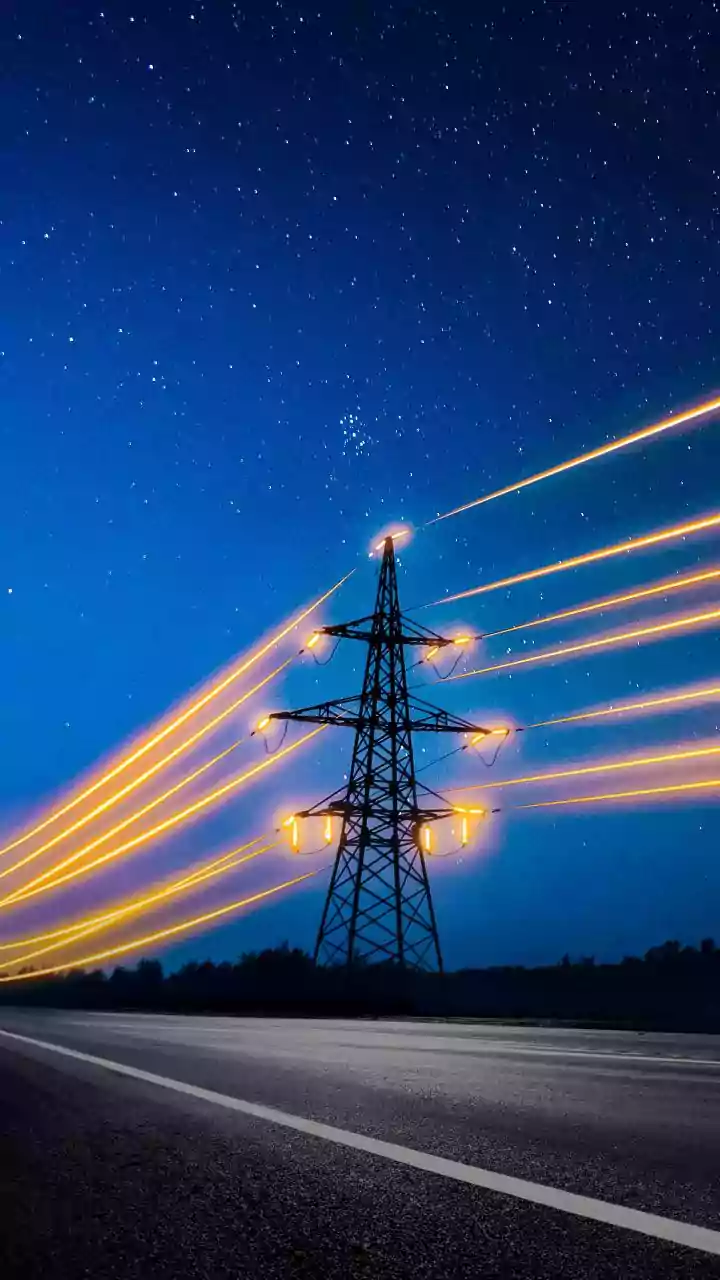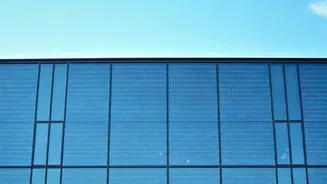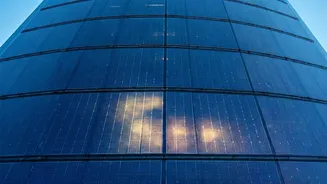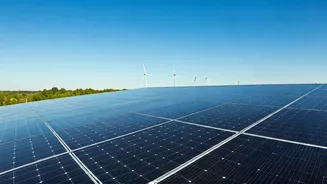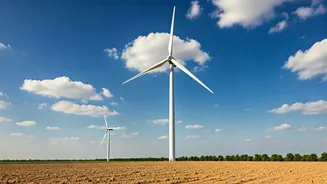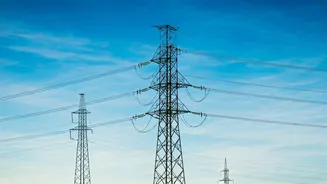The Breakthrough Explained
Scientists have recently achieved a remarkable feat: constructing semi-transparent solar cells that have broken records for efficiency. These innovative
cells are designed to allow a portion of light to pass through, making them suitable for integration into windows and building facades. This breakthrough signals a major development in solar technology, as it combines the ability to generate electricity with the transparency needed for architectural applications. The cells are made from materials that absorb sunlight and convert it into electrical energy. The key to their success lies in optimizing the balance between light transmission and energy conversion, and the new advancements have achieved an unprecedented level of both.
Applications and Potential
The potential applications for semi-transparent solar cells are vast and varied. They are especially suited for use in the construction industry, where they can be integrated into windows, skylights, and other building elements. Buildings can become self-sufficient in energy production, reducing reliance on traditional power sources and decreasing carbon footprints. Furthermore, the technology could be applied to vehicles, mobile devices, and a variety of other applications where transparent surfaces are needed, and power generation is a bonus. The innovation goes beyond the aesthetics, offering a compelling blend of functionality and sustainability that could reshape urban environments and beyond.
Breaking Records
The recent advances in semi-transparent solar cells have allowed them to surpass prior performance benchmarks. Researchers have managed to greatly improve the efficiency with which these cells convert sunlight into electricity, while also maintaining an acceptable level of transparency. This represents a substantial improvement over previous iterations. These record-breaking results highlight the growing viability of the technology and its capacity to compete with existing solar solutions. The ability to generate more power from a smaller area significantly enhances the appeal of these cells for a variety of uses, paving the way for wider adoption and deployment.
Impact on Energy
The advent of high-efficiency semi-transparent solar cells could spark a revolution in the energy sector. By allowing buildings and other surfaces to generate their own power, the technology can help to lower the demand for traditional fossil fuels, contributing to a move toward greener energy sources. This technology can change the way cities are planned and constructed, paving the way for a more sustainable, energy-efficient future. The combination of increased energy independence, reduced emissions, and the potential to integrate solar power into existing infrastructure represents a significant stride towards mitigating climate change and establishing a more sustainable energy landscape for generations to come.




